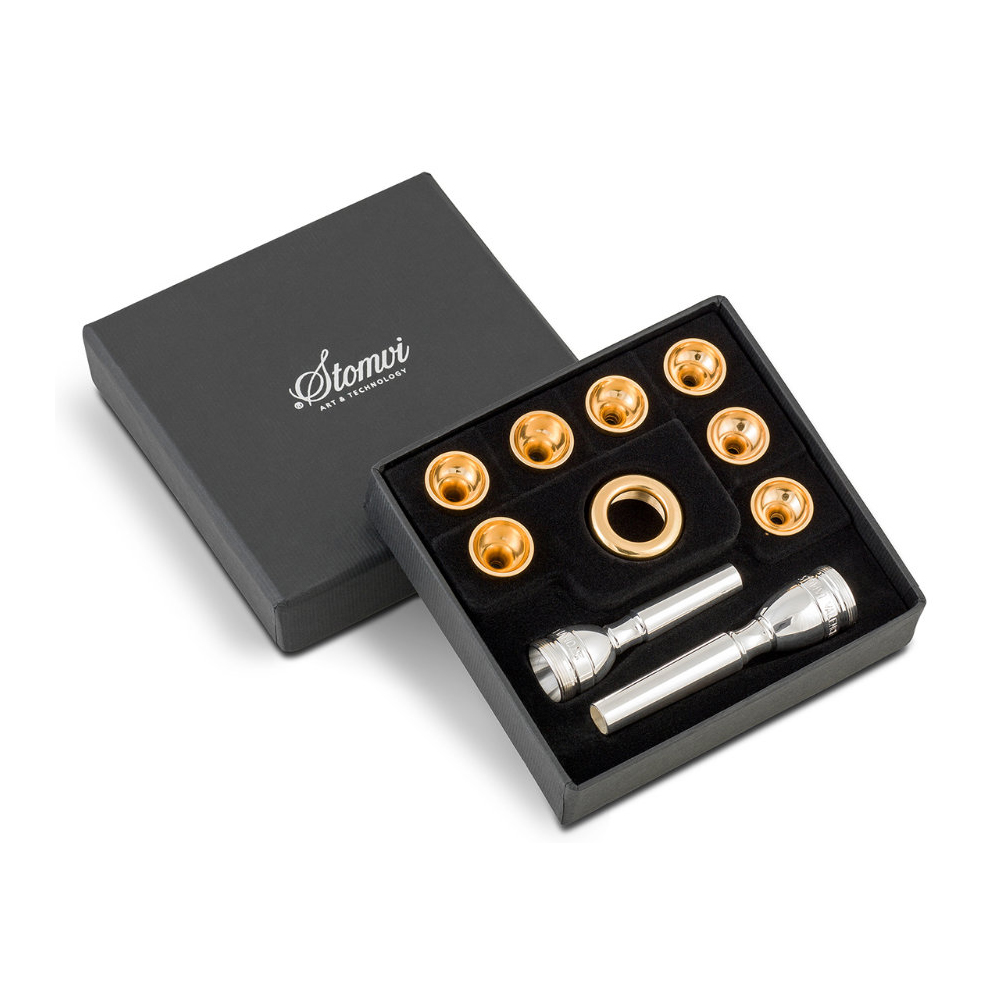

A few outbreaks had the performing arts world worried. Early experiments in Europe measured the droplets launched by instruments, but not the aerosols. Hallberg, a U faculty member, connected the orchestra with the researchers, who already were running simulations of how aerosols might spread under different ventilation levels in everyday environments such as elevators and classrooms.Ī vast concert hall presented different challenges. “Realizing there isn’t this enormous difference between breathing and playing the instrument in terms of aerosol production, velocity and spread - that became very reassuring,” he added.

CHARLES LAZARUS TRUMPET MOUTHPIECES HOW TO
Jon Hallberg, who has been advising the Minnesota Orchestra on how to mitigate risk as its players perform a revised fall season, for broadcast only, to an empty hall. “The degree of aerosol coming out of a wind instrument or a brass instrument is actually less than we thought it might be,” said Dr. Results have yet to be published, but the orchestra is putting them to use. The next stage of their research involved airflow measurements in Orchestra Hall and strategies to contain aerosols. Aerosols tapered off by 30 centimeters, or about a foot, Hong said. The risk of the instruments projecting virus-carrying aerosols horizontally into the crowd wasn’t as bad as feared. The U team’s first results, published in the Journal of Aerosol Science, found that certain instruments generated more aerosols than others - a small trumpet more than a large tuba. Even so, little state or federal guidance suggests what to do about reducing this murky aerosol threat, which could magnify as winter drives Minnesotans indoors. SARS-CoV-2 might not present the aerosol risk that exists with the measles virus. The droplet risk prompted social distancing strategies to prevent viral transmission by having people stay 6 or more feet apart. Centers for Disease Control and Prevention this fall stated that aerosols can “sometimes” play a role in virus transmission, but that larger droplets are still the primary means when they are projected by infected people toward others nearby. “The findings are very significant, with potential impact beyond orchestra performance,” said Jiarong Hong, an associate professor of mechanical engineering and a co-leader of the research. But the results could reverberate beyond the performing arts and play to a national audience of scientists and policymakers who are only beginning to understand the role of aerosols in fueling the pandemic. The first goal is to identify the risks in Orchestra Hall of virus-carrying particles flying between and among players and to figure out how to capture or disperse those particles - paving the way for safe, in-person concerts again. U mechanical engineers are working with the Minnesota Orchestra to study the strength and concentration of aerosols that emerge from brass and woodwind instruments, trying to assess how risky they might be in the spread of the coronavirus that causes COVID-19. student adjusted the funnel in the horn’s bell. They had been watching, more than listening, measuring not the sound from Gast’s horn but the particles.

His forehead red, his cheeks deflated, Gast turned to his audience: six University of Minnesota researchers. Onstage at Orchestra Hall, Michael Gast lifted his French horn and, as a metronome clicked, played a scale loudly.


 0 kommentar(er)
0 kommentar(er)
